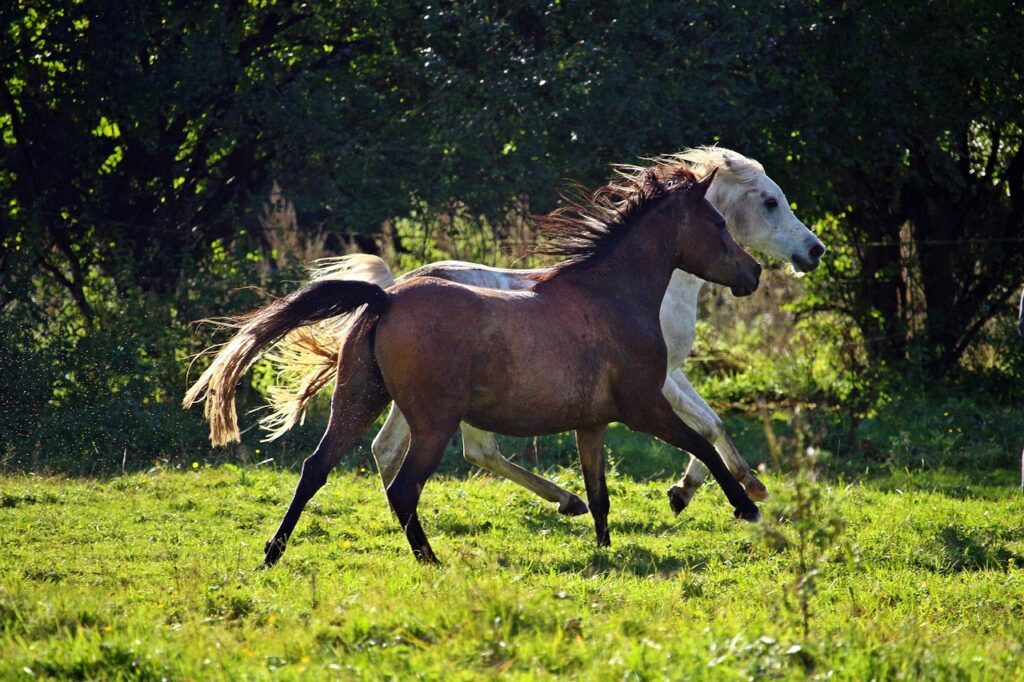If you are raising livestock, one of the most important decisions you can make is choosing the right barn. A barn is more than just a shelter. It affects animal health, feed efficiency, and overall farm productivity.
Selecting the most suitable barn for livestock requires careful consideration of climate, animal type, land area, and long-term goals on your part.
Understanding Livestock Needs
Different animals have different shelter requirements. Horses need space to move freely and prefer clean, well-ventilated environments. Cattle need protection from extreme weather and access to ample feed and water. Goats and sheep require dry, draft-free conditions to avoid respiratory problems. Chickens benefit from insulated coops with nesting areas. Understanding the nature and needs of each animal helps in deciding the kind of barn that will promote comfort and productivity.
Traditional Wooden Barns
Wooden barns have stood the test of time. Many old farms still use them because they offer a rustic charm and are relatively easy to modify. These barns can be customized with stalls, feed rooms, and storage areas. They also provide good insulation in colder climates. However, they may require more maintenance. Moisture can cause wood to rot over time, and wooden structures are also more prone to fire hazards. For those who prioritize aesthetics and are prepared for upkeep, a wooden barn may serve livestock needs well.
Pole Barns
Pole barns are a popular choice for livestock owners. These structures use large poles buried in the ground to support the roof. The open layout provides flexibility in interior design. Pole barns are relatively inexpensive and quicker to build than traditional barns. They can accommodate various animals and are easily expanded. The ability to configure open bays or enclosed spaces means the barn can grow with changing livestock demands. Properly constructed pole barns also allow for good air circulation and adequate lighting.
Modular Barns
Modular barns are pre-engineered and delivered to the site in sections. These barns are ideal for those who want a fast and reliable solution without the hassle of long construction times. Modular designs often come with customizable features like built-in stalls, haylofts, and storage compartments. They are designed with animal welfare in mind, offering clean and well-organized interiors. These barns suit small to medium livestock operations and can be relocated or restructured as needed.
Metal Barns
Metal barns offer durability and low maintenance. They are resistant to fire, pests, and weather damage. These barns are suitable for almost any kind of livestock and are especially beneficial in regions with high humidity or frequent storms. Metal barns do not warp or crack and have a long lifespan. Proper insulation can make them energy efficient. Farmers who prioritize long-term investment and safety often prefer metal barns. The interior can be customized with dividers, feeding stations, and ventilation systems.
Clear Span Barns
Clear span barns feature a wide open interior with no support columns, allowing maximum use of space. These barns are ideal for housing large herds or for multipurpose uses. The open design makes it easy to maneuver equipment and animals. These barns can be adapted for different seasons and livestock types. With the ability to add pens, feed troughs, and resting areas, clear span barns provide the ultimate in flexibility and operational efficiency.
Climate and Environmental Considerations
Selecting the right barn also depends heavily on climate. Cold environments require barns with better insulation and wind protection. Warm climates benefit from barns that emphasize ventilation and shade. Humid regions require excellent drainage systems to prevent mold and bacteria. Soil type also plays a role in barn placement. Barns should be elevated or located on well-drained land to avoid flooding. Climate control measures like fans, heaters, and adjustable vents can enhance the barn environment.
Flooring and Drainage
Flooring affects animal comfort, hygiene, and safety. Concrete is durable and easy to clean, but it may require rubber mats for added comfort. Dirt floors are softer and more natural but can harbor bacteria if not maintained properly. Wood flooring may be used in specific areas but is less common for heavy livestock. Drainage systems are essential to keep the barn dry and clean. Sloped floors and properly placed drains reduce standing water and help maintain a healthier environment for animals.
Ventilation and Lighting
Good airflow is essential to prevent respiratory diseases and control humidity. Natural ventilation through windows and ridge vents is often effective. In large barns, mechanical ventilation may be required. Lighting also plays a role in animal health and productivity. Natural light is ideal, but barns should also have artificial lighting for early mornings and late evenings. Timed lighting systems can improve feeding and breeding cycles.
Storage and Accessibility
A good livestock barn should also provide adequate storage space for feed, tools, and medical supplies. Keeping these items close to animal housing areas reduces labor and increases efficiency. Easy access to water and power sources is also crucial. Walkways, gates, and stalls should be designed to make handling animals easy and safe. Wide doors, non-slip surfaces, and organized layouts prevent injuries and improve workflow.
Cost and Budgeting
Cost is always a significant factor when choosing a barn type. Wooden barns may have a higher upfront and maintenance cost. Metal and modular barns tend to be more economical in the long run due to their durability and lower upkeep. Pole barns are cost effective and offer a good balance between price and utility. Clear span barns may cost more initially but can offer value through space utilization. Planning a budget that includes construction, modifications, and future maintenance ensures long-term sustainability.
Future Expansion
Farmers often need to expand operations. Choosing a barn that allows for easy expansion can save time and money. Metal and pole barns are particularly good for this purpose. Modular barns can be rearranged or added to without major construction. Planning ahead for growth allows farms to scale operations without disrupting livestock. Having extra space for new animals, storage, or equipment can make a big difference during peak seasons.
Animal Welfare and Safety
Animal well-being should always be at the forefront of barn design. Stress reduction, comfort, and health all contribute to productivity. Proper shelter from harsh weather, clean environments, and well-planned spaces reduce disease and injury. Safety features like rounded corners, secure gates, and slip resistant flooring protect animals and handlers. Designing barns that promote natural behaviors like roaming, resting, and social interaction improves livestock performance.
Ease of Cleaning and Maintenance
Clean barns reduce disease risk and promote better health. Materials that resist stains, odors, and moisture make daily cleaning easier. Drainage, smooth surfaces, and accessible layouts contribute to efficient maintenance. Regular upkeep prevents problems like rot, rust, and wear. Durable materials like steel and treated wood can withstand frequent washing and disinfecting. A clean barn also creates a more pleasant environment for workers and visitors.
Conclusion
The best type of barn for livestock depends on a variety of factors including animal needs, budget, climate, and future plans. Traditional wooden barns offer charm and insulation. Pole barns provide flexibility and value. Modular barns allow for quick setup and customization. Metal barns deliver durability and low maintenance. Clear span barns offer open space and adaptability. Each type has its strengths, and the right choice depends on specific goals and conditions. Taking the time to evaluate needs carefully ensures that livestock are housed in an environment that supports their health, safety, and productivity.

